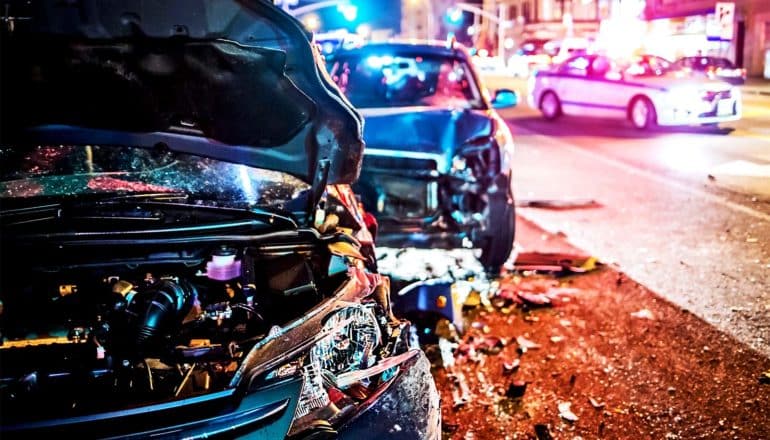
New research finds that a ban on new drivers carrying multiple passengers at night more than halved crashes, casualties, and deaths.
In most countries, traffic accidents are the leading cause of death for teenagers, with risky driving accounting for a large fraction of those deaths.
Many governments have implemented driving restrictions to reduce risks among teens, with varying degrees of success.
The new National Bureau of Economic Research working paper examines the effects of a ban on carrying multiple passengers between 11 PM and 4:59 AM for first-year drivers under the age of 21.
Tim Moore, an associate professor of economics at the Krannert School of Management and a Purdue University Research Center in Economics faculty affiliate, and coauthor Todd Morris of the Max Planck Institute for Social Law and Social Policy estimate that the restriction reduced reported hospitalizations and fatalities by 58%, with 41 fewer hospitalizations, 98 fewer minor injuries, and 164 fewer crashes with property damage per 100,000 first-year drivers.
The ban, implemented in July 2007 in the Australian state of New South Wales, is shown to be as effective as harsher restrictions that tend to discourage teens from getting licenses and starting to drive.
“Delaying when teens can start driving also delays driving experience and the benefits of driving independently,” Moore says.
His study finds no evidence that the New South Wales restriction delays the development of driving skills, probably because it targets a very specific type of driving.
The ban also seems to have had persistent effects on driving behavior, unlike some other restrictions.
“We find significant reductions in nighttime multipassenger crashes in the second and third years of driving,” Moore says. “We see no differences beyond the third year, but by that time teens have become much safer drivers—their crash rates are one-fifth those of first-year drivers.”
Timing is important: The safety effects are more persistent among teens always subject to the restriction versus those who started driving before the restriction went into effect.
This paper adds to the literature on teen driving, which shows that while some restrictions reduce accidents, few lead to persistent behavioral changes. For example, speed-monitoring campaigns do not reduce accidents once they end, and ongoing cellphone texting bans decrease crashes for a month or two before returning to their original levels.
The findings by Moore and Morris suggest targeted policies that place limited restrictions on teens’ driving behavior, especially when implemented at the right time, can both improve safety and allow teens to develop driving skills.
Source: Purdue University
The post New rule for teen drivers at night cut crashes and deaths appeared first on Futurity.
* This article was originally published here
No comments:
Post a Comment